Often known as “bladder pain syndrome”, interstitial cystitis is as a condition that causes pain, pressure and discomfort perceived to be related to the urinary bladder.
Throughout the last century, interstitial cystitis has been discovered, defined and redefined numerous times. Originally, it was actually defined as “a peculiar form of bladder ulceration whose diagnosis depends ultimately on its resistance to ordinary forms of treatment in patients with frequency and bladder symptoms”. Over the years, more understanding has been gained about the condition and its symptoms. Whilst no consensus for the definition of interstitial cystitis has yet been reached, the American Urological Association has adopted the definition of definition is commonly used. The AUA defines interstitial cystitis as “an unpleasant sensation perceived to be related to the urinary bladder, associated with lower urinary tract symptoms of more than six weeks duration.” Interstitial cystitis has been identified as a chronic bladder health issue, and often comes alongside lower urinary tract symptoms which have lasted for more than 6 weeks.
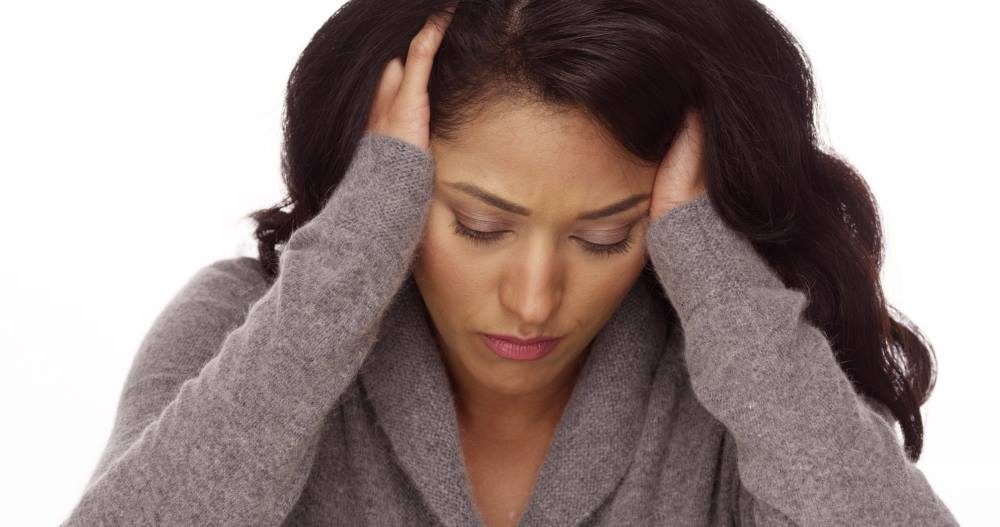
Symptoms of Interstitial Cystitis (Bladder Pain Syndrome)
People with Interstitial Cystitis experience the following symptoms:
- Daytime and night time frequent urination
- Pain in the abdominal, urethral or vaginal area
- Urinary urgency
What is Urge Incontinence? Read about Urge Incontinence Symptoms and Treatment Methods
Recommended Urinary Incontinence Pants for Interstitial Cystitis
- Pull up pants for moderate incontinence
- Soft cotton-feel back sheet
- Close fit
- Latex free
- Elasticated Waist
- Allow you to maintain your independence
- Anatomically shaped
- Hypoallergenic and latex free
- 100% breathable
- Kind to skin
- New narrower and contoured crotch area
- Soft cotton feel
- Elasticated sides
- Adhesive strip at the back
- Anatomically shaped pants
- Smooth waistband
- Guaranteed overnight protection
- FIT-FLEX Protection with LYCRA strands
How Common is Interstitial Cystitis?
Interstitial Cystitis can occur at any age, affecting both adults and children. About twice as many women than men are affected.
The condition is known to be caused by the following:
- Any changes in nerves inside the bladder
- An autoimmune response.This is where the body attacks its own organs and tissue
- A defect in the lining of the bladder. This can allow for harmful substances found in urine to come into contact with the bladder
- The overproduction of histamine or other harmful chemicals by mast cells
- It can be hereditary. Some studies of mothers, daughters and twins who have interstitial cystitis suggest that it can be hereditary
Some research has suggested that certain people are predisposed to get Interstitial Cystitis after injury or irritation to the bladder. The urine of interstitial cystitis contains a substance known as the anti-proliferative factor. This blocks the development of cells in the bladder lining.
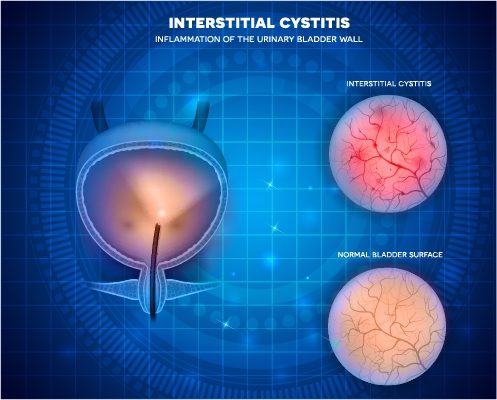
Interstitial Cystitis can be so Uncomfortable that Only Half of People with the Disorder Work Full Time
Interstitial Cystitis and Urinary Incontinence
Pressure when the bladder is full and inflammation can cause frequent and painful trips to the bathroom. It can sometimes cause urination up to 40, 50 or 60 times a day. This inflammation in IC can result from any one of several causes, including chemicals released from inflammation following an infection, nerve problems, a component in the patient’s urine damaging the bladder, bladder tissue irritation, or from the immune system attacking the bladder.
Managing Interstitial Cystitis
When managing interstitial cystitis, it is important to maintain a healthy lifestyle. Try and do regular exercise and do things to help you relax, such as taking warm baths. Studies have shown that reducing stress can improve symptoms of interstitial cystitis.
It is also vital to understand which foods affect your bladder. If you find that your bladder becomes more irritated after certain foods, create a food diary and track the effects. You should then start an elimination diet and cut out the trigger foods.
Making planned toilet breaks may help stop your bladder feeling full all the time. You should also try and reduce fluid intake before going to bed, which reduces the chances of having night time accidents.
For pain and tenderness in the pelvic floor area, manipulative physical therapy can help symptoms. This involves a physical therapist manipulating your body to reduce substantial pain and discomfort. They will also provide a variety of stretches designed to relax, lengthen and loosen tight pelvic floor muscles.
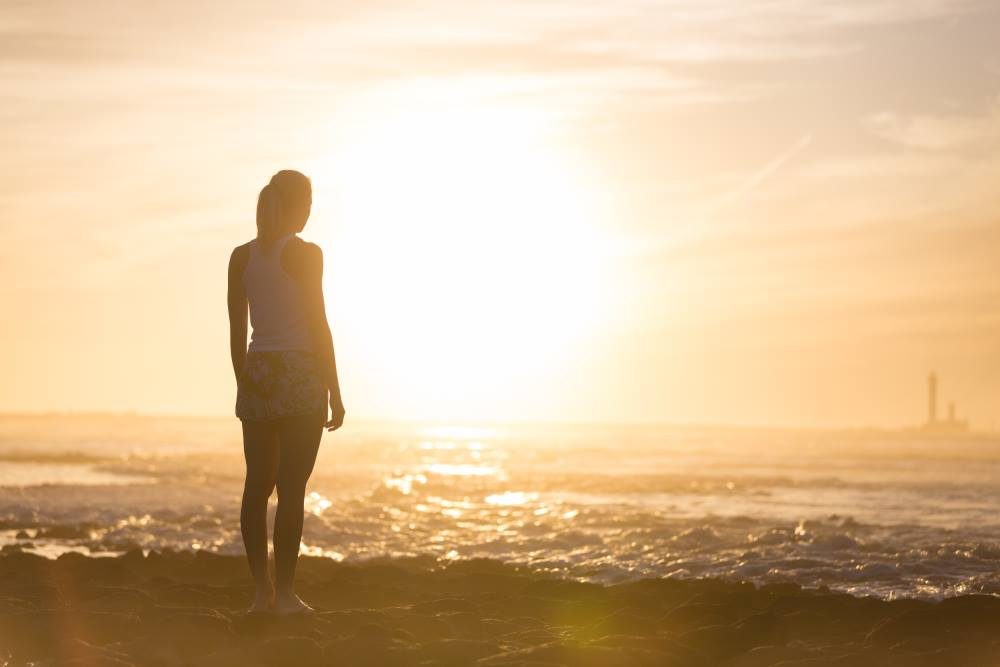
Recommended Urinary Incontinence Pads for Interstitial Cystitis
Buy iD Expert Belt Maxi on Allanda
- Designed for heavy incontinence
- Cotton Feel
- Velcro Fastening
- Anti-leak cuffs
- Multiple layers of super absorbent polymers
£8.35
Buy TENA Comfort Mini on Allanda
- Ideal for light incontinence
- Slim and small in size
- Dry Fast Core
From £2.85
Buy iD Light Super on Incontinence Supermarket
- Designed for women with light to moderate incontinence
- Thin and discreet
- Double anti-leak barriers
£2.49
Originally posted 2019-08-23 14:22:31.

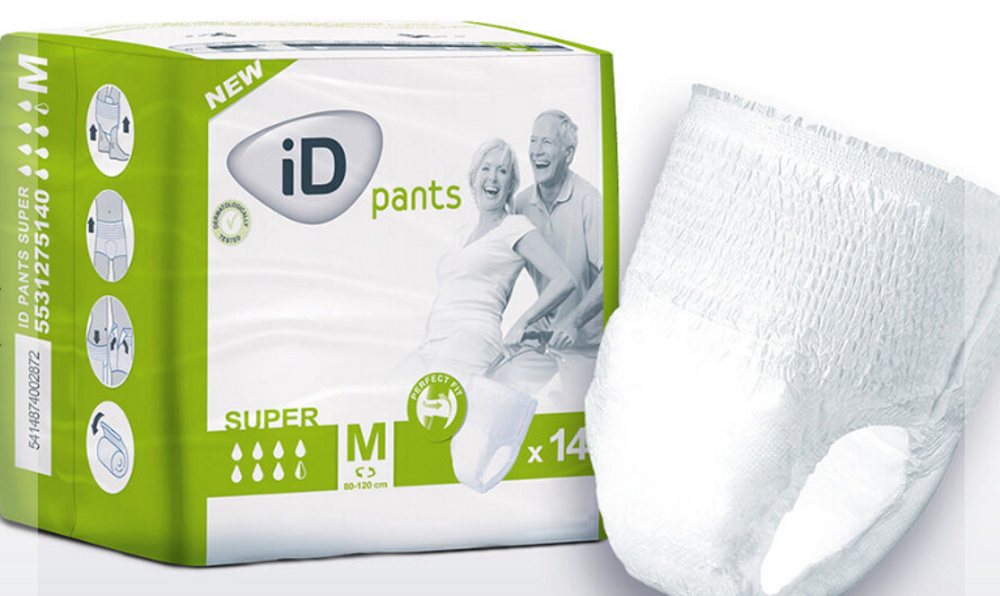
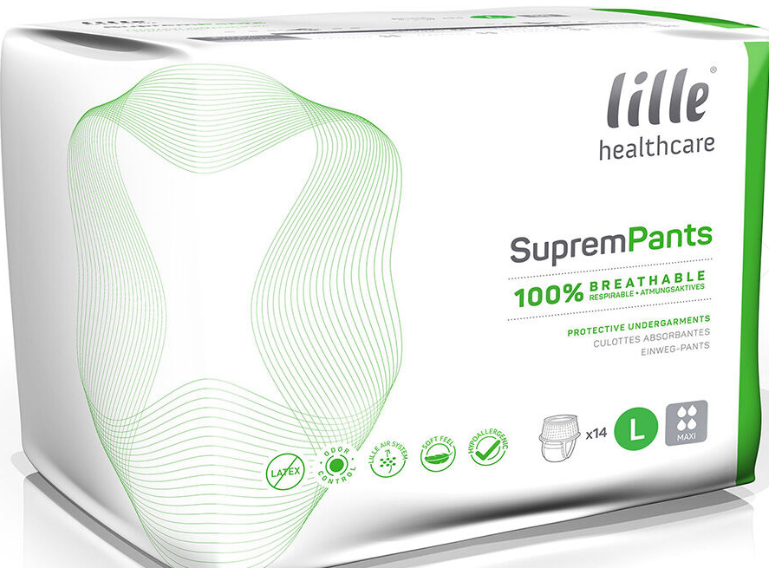
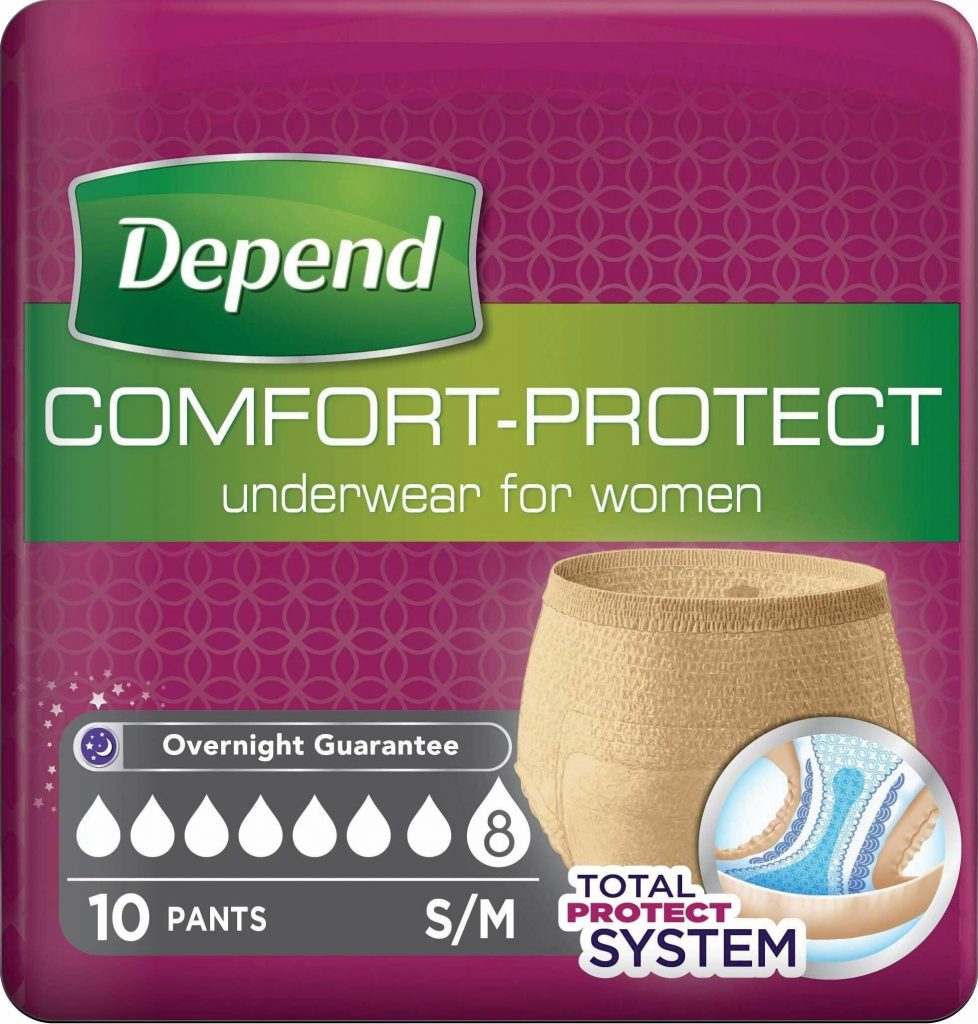
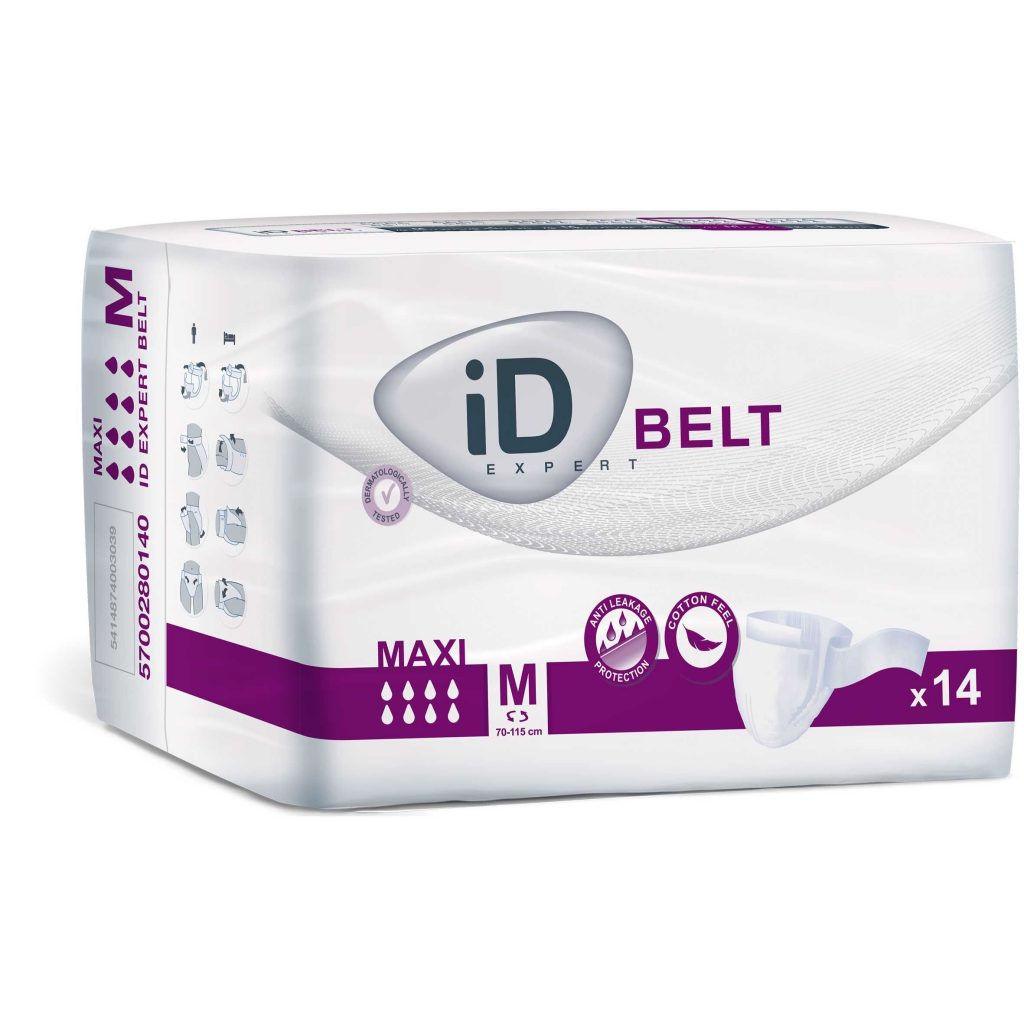
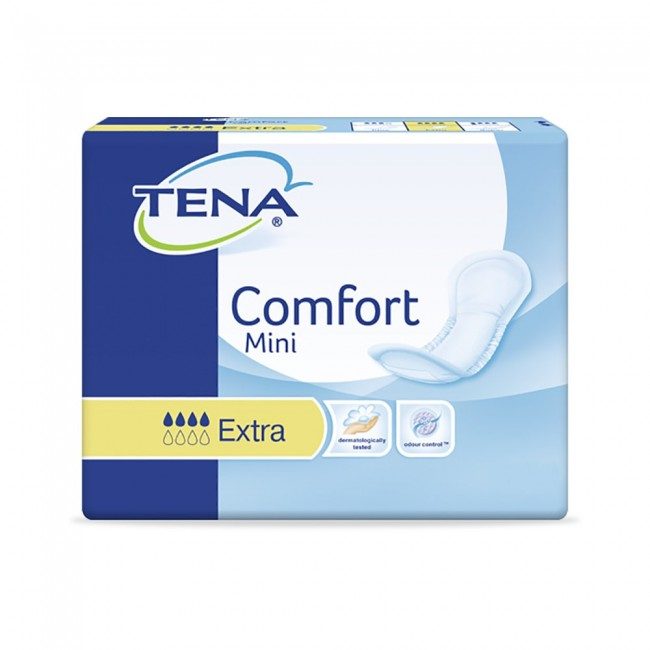
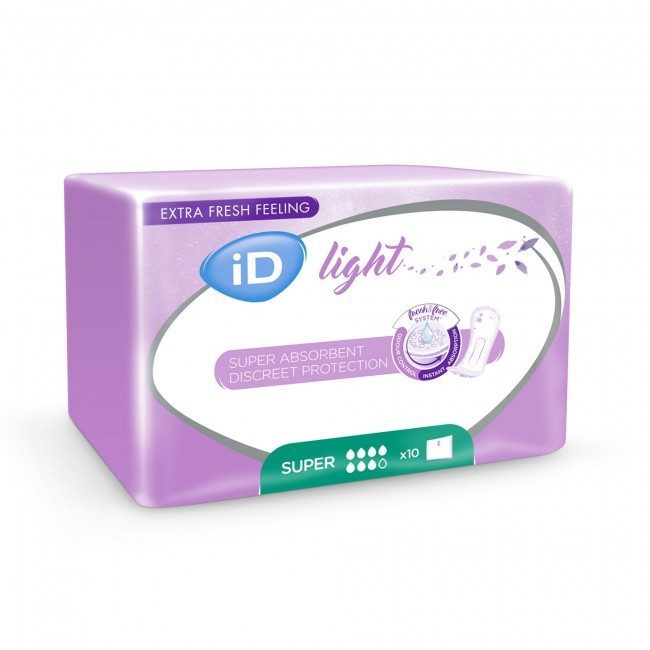
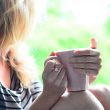


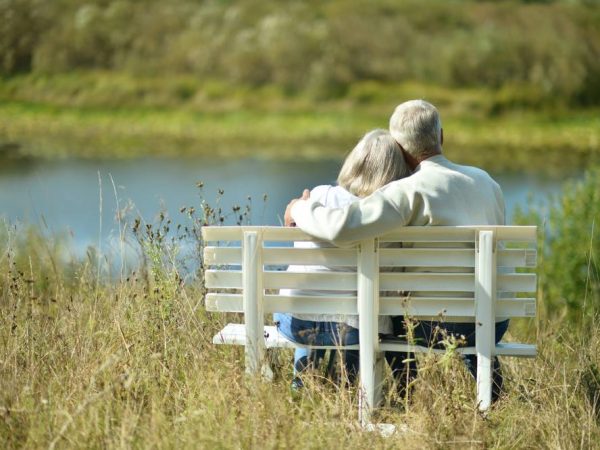
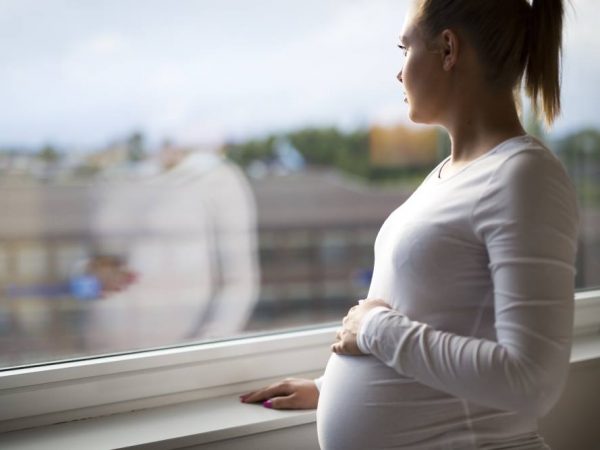
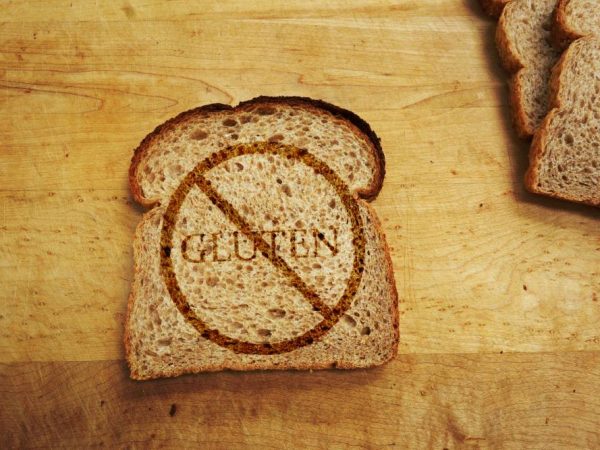
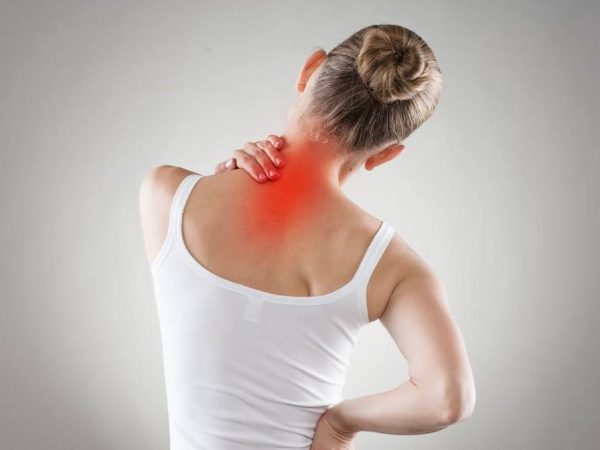
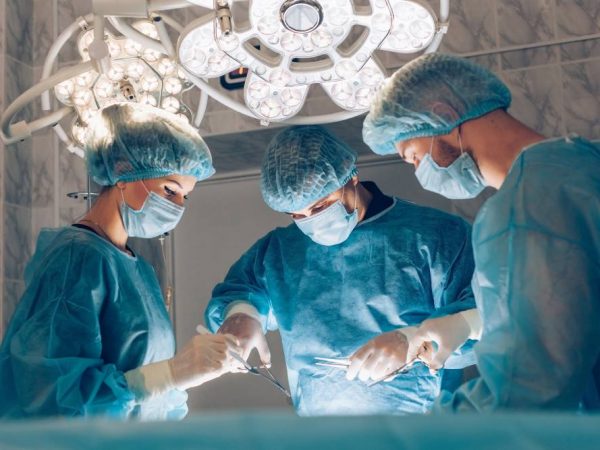
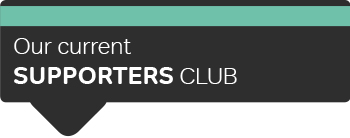


Leave a Reply